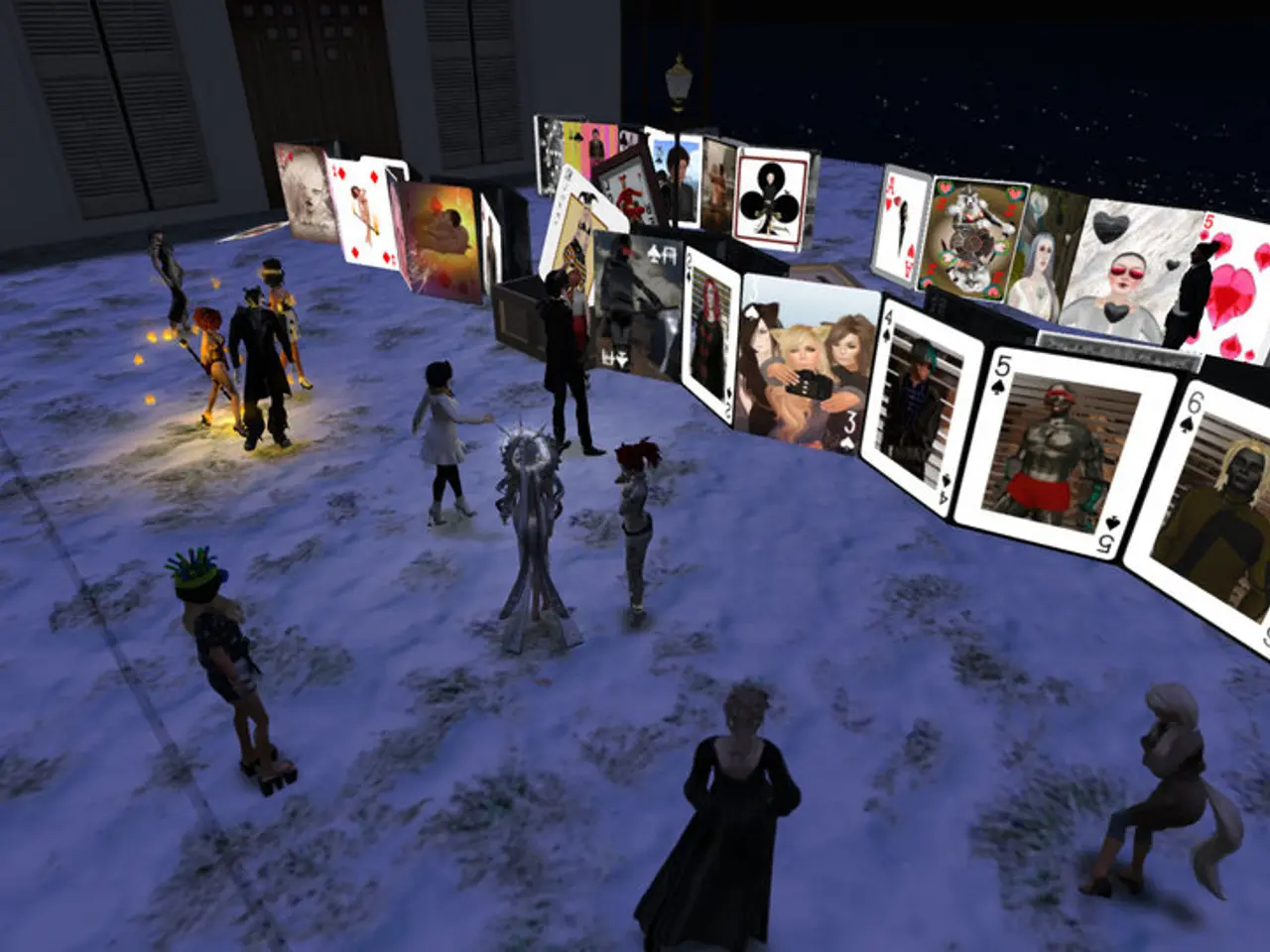Development of Spectacle-Inducing Visual Effects in Cinema
Special Effects in Film: A Journey Through Time and Technology
Special effects have been a cornerstone of cinematic storytelling, revolutionizing the way films are created and experienced. From the early days of practical and optical effects to the modern era of computer-generated imagery (CGI) and virtual reality (VR), the history and evolution of special effects in film is a fascinating journey.
In the early era, special effects relied heavily on practical effects such as miniatures, matte paintings, animatronics, and in-camera tricks. These methods, while limited in their scope, produced some truly iconic moments in film history. For instance, the use of double exposure in films like H.G. Wells' "The Invisible Man" (1933) created a sense of otherworldliness that still resonates today.
Optical effects emerged as a means to combine different images, creating composites and invisibility effects. The use of various film stocks, such as nitrate and orthochromatic films, influenced how effects were captured physically on film.
The transition to digital effects began in the late 20th century, with early digital cinema technology surfacing in the 1990s. CGI evolved significantly with films like "Golgo 13: The Professional" (1983), the first animated feature to incorporate CGI scenes. A landmark commercial success was "Shrek" (2001), which used computer animation combined with motion capture tests, though it moved away from live-action compositing to full computer animation for better quality and aesthetics.
Motion capture technology, which records actors’ movements for digital character animation, has its roots in early CGI films like "Shrek", employing high-resolution camera systems to realistically apply human movement to computer models. This technology has enhanced the realism and emotional expressiveness of digital characters.
The evolution of digital cinema also enabled the use of 3D projection and formats like IMAX. These technologies require high-resolution digital data streams and advanced projection techniques, such as Digital Light Processing (DLP). IMAX and digital 3D enhance the viewer’s immersion by combining detailed visual effects with stereoscopic depth perception and large-format clarity.
Science fiction and fantasy films have long been at the forefront of pushing the boundaries of visual storytelling with special effects. Films such as "Star Wars," "Blade Runner," and "The Lord of the Rings" trilogy have redefined the possibilities of special effects in these genres. More recently, films like "Inception," "Interstellar," and "Doctor Strange" showcase innovative visual techniques that continue to push the envelope.
VR films such as "Gloomy Eyes" and "Carne y Arena" have demonstrated the power of VR technology to create emotionally resonant narratives. VR technology allows audiences to step into virtual worlds and experience narratives from within, while Augmented Reality (AR) technology overlays digital elements onto the real world. AR experiences such as "Pokémon Go" have showcased the potential of AR technology to blend digital elements with real-world environments.
As we look to the future, VR and AR technologies are poised to revolutionize the future of special effects in movies, offering audiences a new level of immersion and interactivity. The possibilities are endless, and it's an exciting time to be a part of the special effects industry.
Data-and-cloud-computing solutions play a key role in enabling the advancements in special effects, facilitating the storage and processing of vast amounts of high-resolution visual data required for digital cinema technologies like IMAX and 3D projection formats.
Seasonal trends in entertainment industries, such as the rise of virtual reality (VR) and augmented reality (AR) technologies, can be analyzed using data-and-cloud-computing tools to identify emerging trends and anticipate the future direction of special effects in movies and television.




